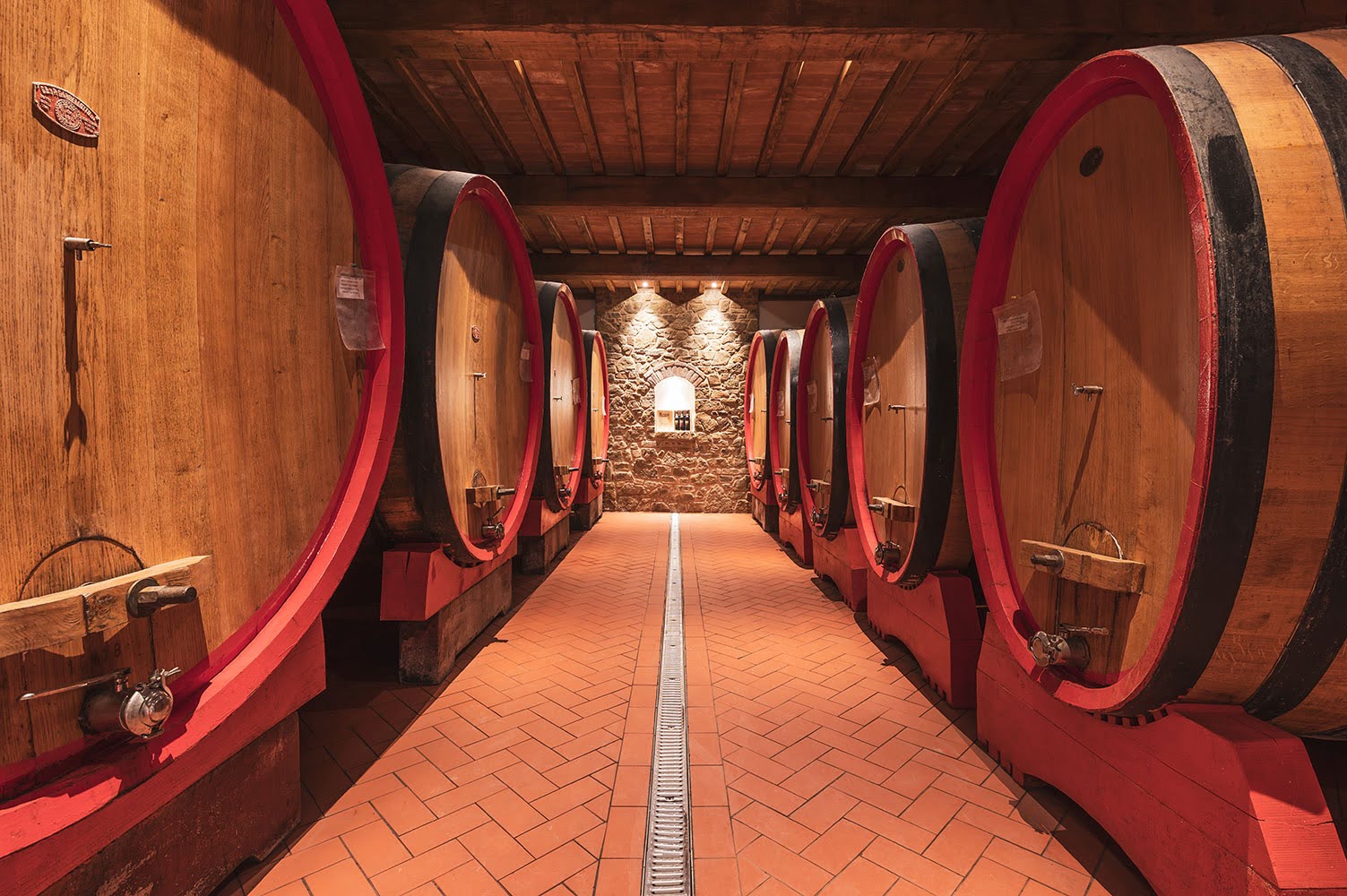Exploring the Difference Between Oak Types Used to Age Wine

When it comes to winemaking, oak barrels play a crucial role in shaping the flavor, texture, and complexity of wine. But not all oak barrels are the same. The type of oak used to age wine can greatly influence the final product, imparting different aromas, flavors, and tannin levels. In this blog, we'll explore the differences between the most commonly used oak types: French, American, and Slavonian oak, and how each affects wine.
- French Oak: Subtle Elegance and Balance
French oak, typically sourced from forests such as Limousin, Allier, and Vosges, is renowned for its fine grain and tight texture, which leads to a more controlled release of oak compounds into the wine.
- Flavors: French oak imparts more subtle, refined flavors compared to other types of oak. Expect notes of vanilla, almond, spice, and a slight hint of toast. It also contributes to the wine’s complexity by enhancing fruit flavors without overpowering them.
- Tannins: French oak tends to introduce softer tannins, which contribute to a silky texture in the wine. This is why it's often favored for premium red wines like Pinot Noir, Cabernet Sauvignon, and Merlot.
- Cost: French oak barrels are more expensive due to the longer aging process of the wood and the tighter grain, which requires more trees to produce each barrel.
- Wine Styles: French oak is often used in higher-end red wines like Bordeaux blends, Pinot Noir, and Chardonnay. Its subtle influence is perfect for winemakers seeking a balance between oak and fruit expression.
2. American Oak: Bold and Sweet Aromas
American oak, predominantly sourced from forests in Missouri and Minnesota, has a looser grain than French oak, meaning it releases more flavors quickly. This oak type is most associated with wines from the New World, particularly from regions like California.
- Flavors: American oak imparts more robust and bold flavors. Expect strong vanilla, coconut, dill, and even sweet caramel notes. These flavors can significantly shape the wine’s profile and tend to be more pronounced than those from French oak.
- Tannins: American oak gives wines a firmer tannin structure, which adds body and a chewy texture. Its tannins are often perceived as more aggressive than those in French oak, though some winemakers embrace this quality for bolder red wines.
- Cost: American oak barrels are more affordable than French oak due to the faster-growing trees and the less labor-intensive production process.
- Wine Styles: American oak is commonly used in big, bold red wines like Zinfandel, Syrah, and some styles of Cabernet Sauvignon. It’s also popular for aging spirits like Bourbon, thanks to the sweet and vanilla-like qualities it imparts.
3. Slavonian Oak: Tradition and Subtlety
Slavonian oak, sourced from northeastern Italy and parts of Croatia, offers a more restrained influence on wine compared to both French and American oak. This oak is traditionally used in large casks, known as **botti** (shown in the picture above), for aging classic Italian wines.
- Flavors: Slavonian oak imparts very subtle flavors to wine, often less pronounced than French or American oak. Expect mild spice, nutty undertones, and sometimes a faint vanilla aroma. Its gentle influence allows the wine’s natural fruit and terroir-driven characteristics to shine through, making it ideal for preserving a wine’s purity.
- Tannins: Slavonian oak introduces softer, more integrated tannins, contributing to a smooth texture. Due to its large grain structure, it releases flavors slowly over time, resulting in wines with balanced tannins that age gracefully.
- Cost: Slavonian oak barrels, which are often larger than French or American barrels, are relatively affordable, especially when used for long aging periods in traditional winemaking.
- Wine Styles: Slavonian oak is primarily used for traditional European wines like Barolo, Brunello di Montalcino, and Chianti Classico Riserva. Its subtle influence and larger cask size allow for extended aging, preserving the integrity of the grape and the wine’s terroir.
4. Toasting Levels: Another Layer of Complexity
Beyond the type of oak used, the toasting level of the barrels adds another layer of influence. Barrels can be lightly, medium, or heavily toasted, depending on how much heat they are exposed to during production. Here’s how toasting affects the wine:
- Light Toast: Preserves the more natural, raw wood flavors, offering more tannic influence and allowing subtle oak nuances to shine through.
- Medium Toast: Balances wood and flavor impact, with notes of vanilla, caramel, and spices becoming more prominent.
- Heavy Toast: Contributes strong, smoky, and roasted flavors like coffee, dark chocolate, or charred wood. This level of toasting can create a dramatic impact on the wine's profile.
In conclusion, the decision of which type of oak to use is one of the many creative choices a winemaker makes during production. French oak tends to favor finesse and balance, American oak brings boldness and sweetness, and Slavonian oak offers a traditional and subtle approach. Each type of oak, combined with factors like toasting level and aging time, contributes to the unique character of the wine.
Comments
You know you want to
Sign Up For Our Newsletter
Keep up to date on the latest wine releases, events and promotions.